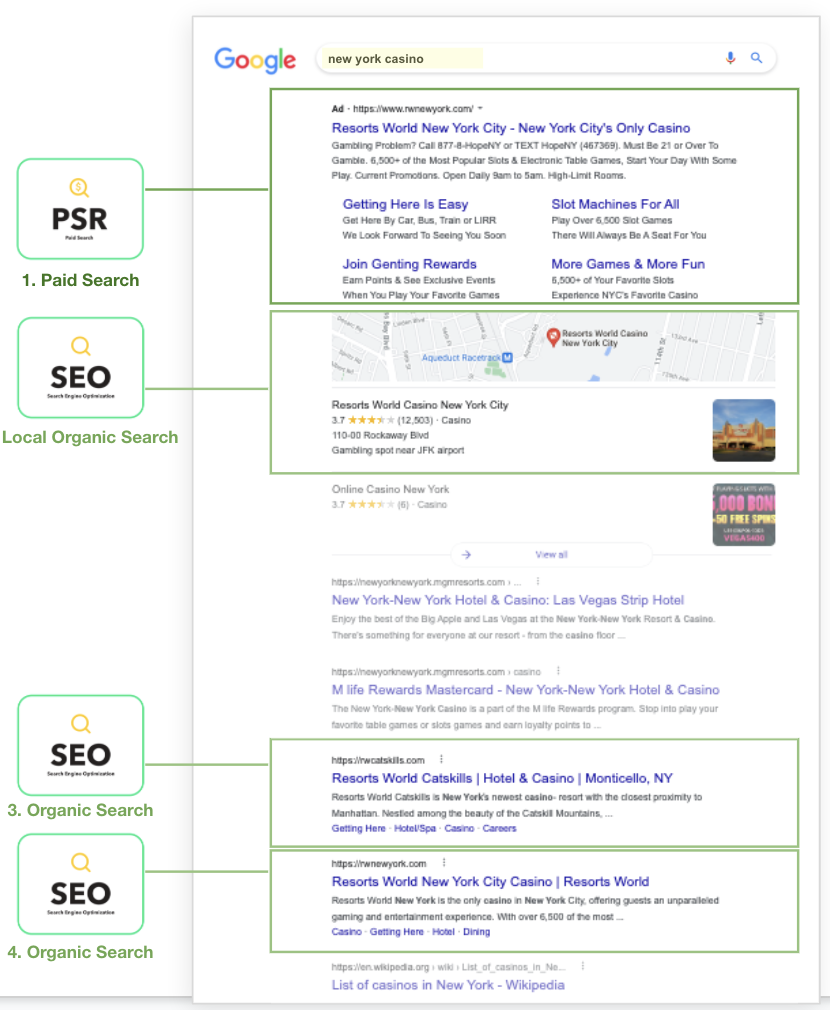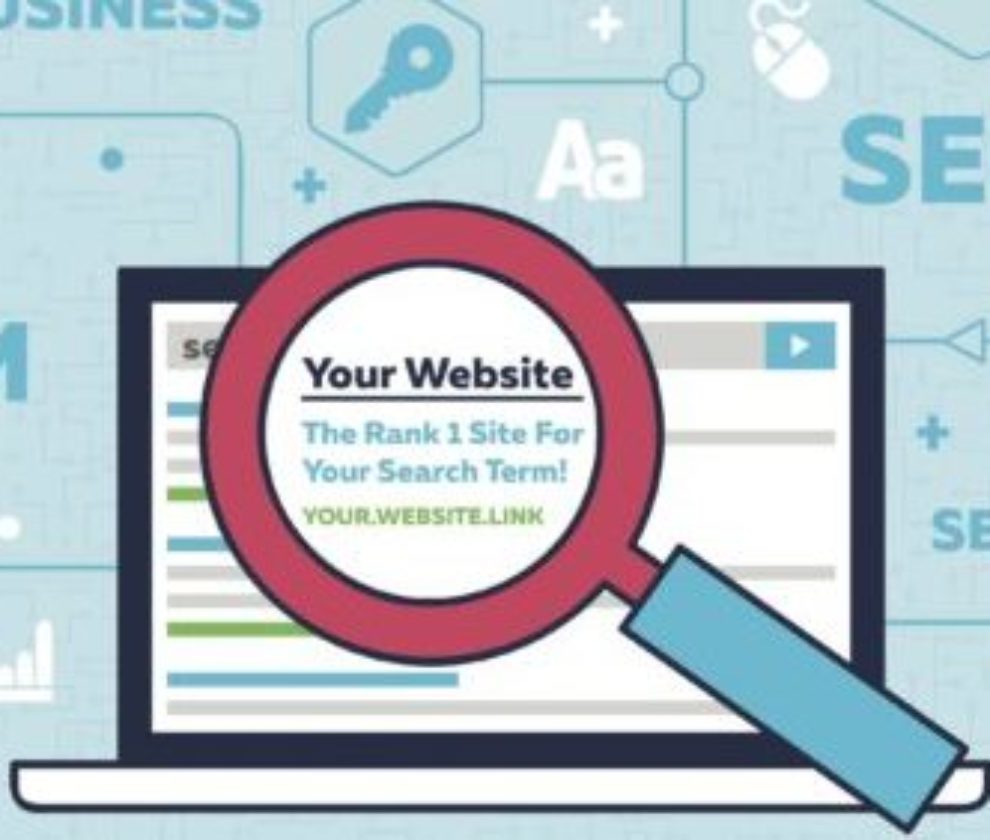
Integrated Search – How to use SEO & PPC to dominate search results
Integrated Search is the practice of using Search Engine Optimization (SEO) and Pay Per Click (PPC) also known as Search Engine Marketing (SEM) to target the same search terms on a Search Engine Results Page (SERP).
- SEO – helps with organic search where you don’t pay Google for rankings
- PPC – helps with paid search where you bid and pay per click using Google or Bing ads.

Why is Integrated Search Important?
The SERP is made up of paid and organic listings.
There are 1-4 positions on paid ads (1 get’s the most clicks and conversions).
There are 1-10 positions on organic search.
When someone does a search they will either click on a paid ad or click on an organic listing. The majority of people will click on an organic listing because people don’t like ads.
The others will click on the paid ads.
If you are only running paid search ads, you will miss clicks, website traffic, and potential revenue. If you are only doing SEO and not running paid search ads, you will miss clicks, website traffic, and potential revenue.
And…if you are doing both but not targeting the same terms then you will also miss out.
An example of this is when a company only bids on their “brand” terms. This is when the name of the company is in the target keyword like: “Visit Resorts World Casino” In this case, the brand ‘Resorts World’ is in the search term. Compare this against the search term: “Best casino to visit.”
Integrated Search is a competitive advantage because:
- Most companies don’t under search
- Most companies don’t do SEO well
- Most companies don’t PPC well
So most don’t even know you can Integrate Search.
Four tips to Integrate Search
1. Use SEO to speed up page search landing pages:
Page speed is a crucial performance factor for both paid campaigns and organic search because better speed equals better user experience. According to Think with Google research, 53% of site visits are abandoned if the mobile site takes longer than 3 seconds to load. Putting that into revenue perspective, slow-loading websites cost retailers $2.6 billion in loss of sales every year.
By leveraging best SEO speed practices, you will ensure that both search engine bots and human visitors get quality mobile experience when visiting your landing pages. In turn, this will lead to more sales, leads, and revenue.
2. Use best ad copy to write SEO meta titles and descriptions
Testing and modifying is an ongoing ad copy process that’s essential for a good paid search campaign. When the SEO and PPC teams work together on an integrated search approach, we leverage your best performing ad copy to write the best meta titles and descriptions for your organic search results. The result: higher click through rates and more organic traffic.
3. Use Google Ads cost per click to guide organic content
The best content is content that performs well- it ranks high organically, leads to signups/conversions, has longer than average time spent on page, etc. By integrating your own Google Ads performance data with our SEO keyword research, we take a data-driven approach to content production.For example, if you are spending $150 per click in Google Ads, but don’t have an organic page or article ranking for the keyword, you’re missing out. Having this info allows you to create a page to rank in organic search so you don’t only rely on paying to target the keyword.
4. Use Integrated Search Report to track it all
What if we told you one report could track and bridge your performance metrics for both paid campaigns and SEO? A well-rounded integrated search report is instrumental in understanding how to progressively allocate your paid search budget, while simultaneously investing in better organic search performance. End reporting ambiguity, and learn the integrated search dependencies that will help you be a leader in your industry.



